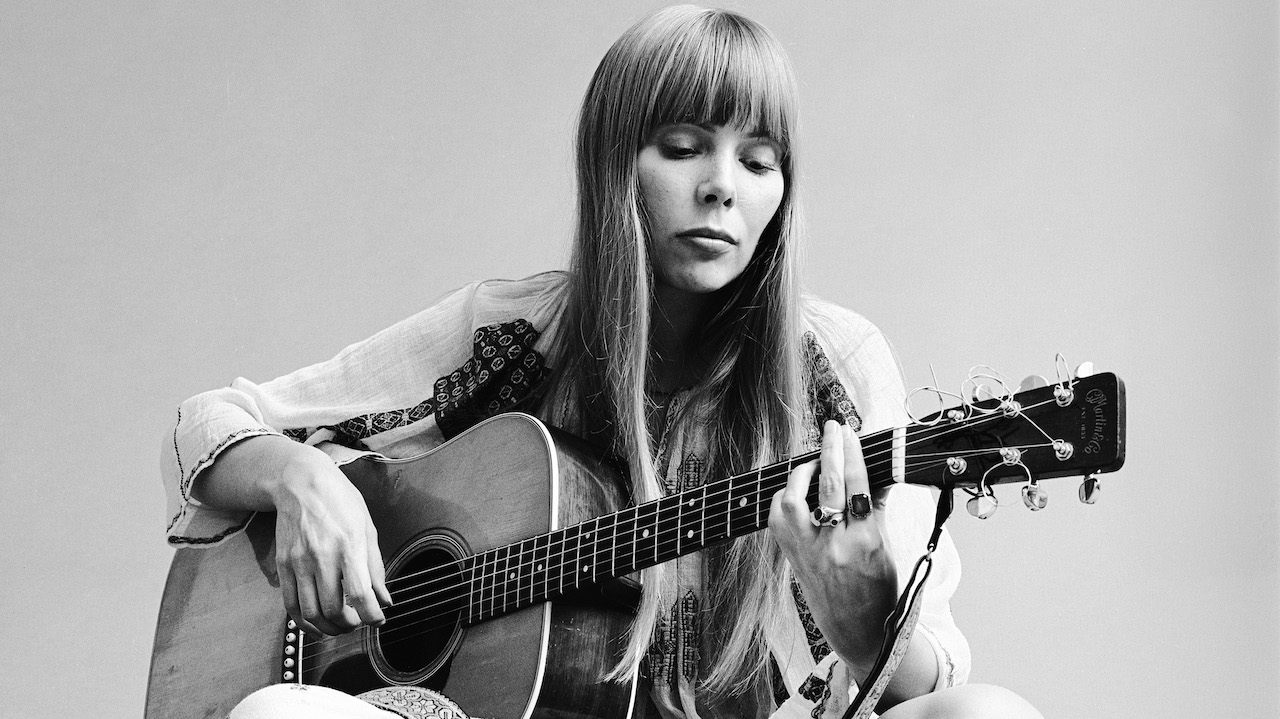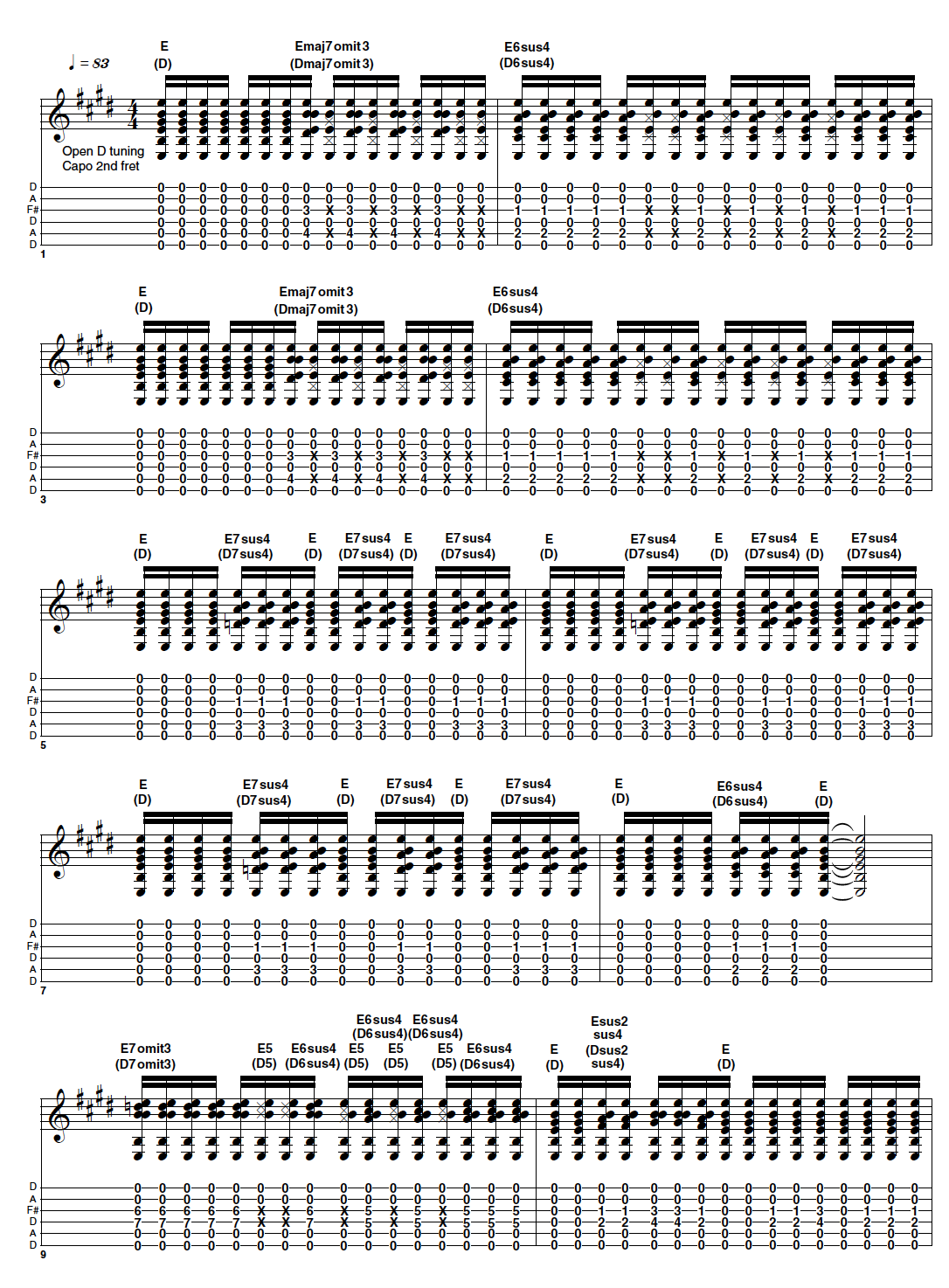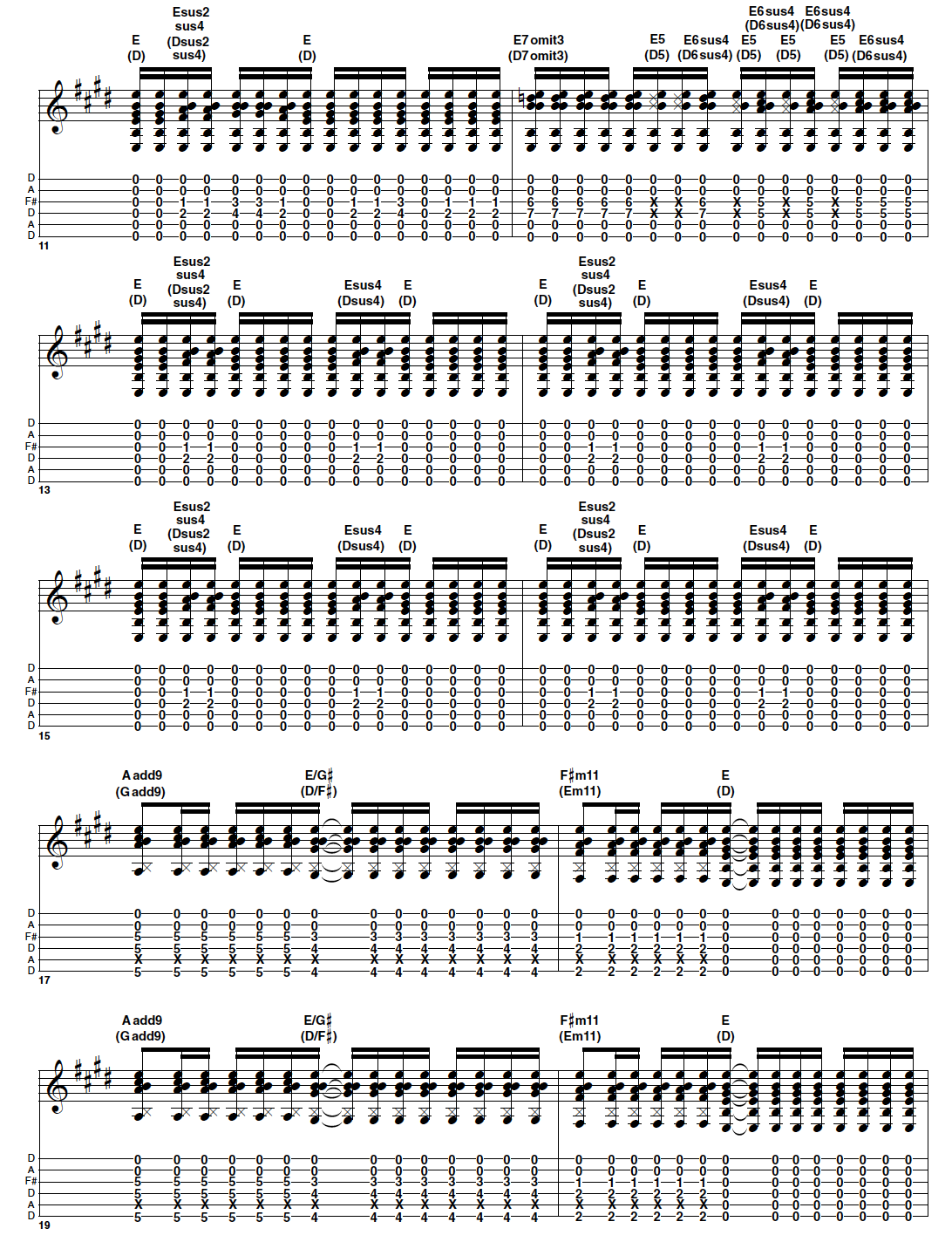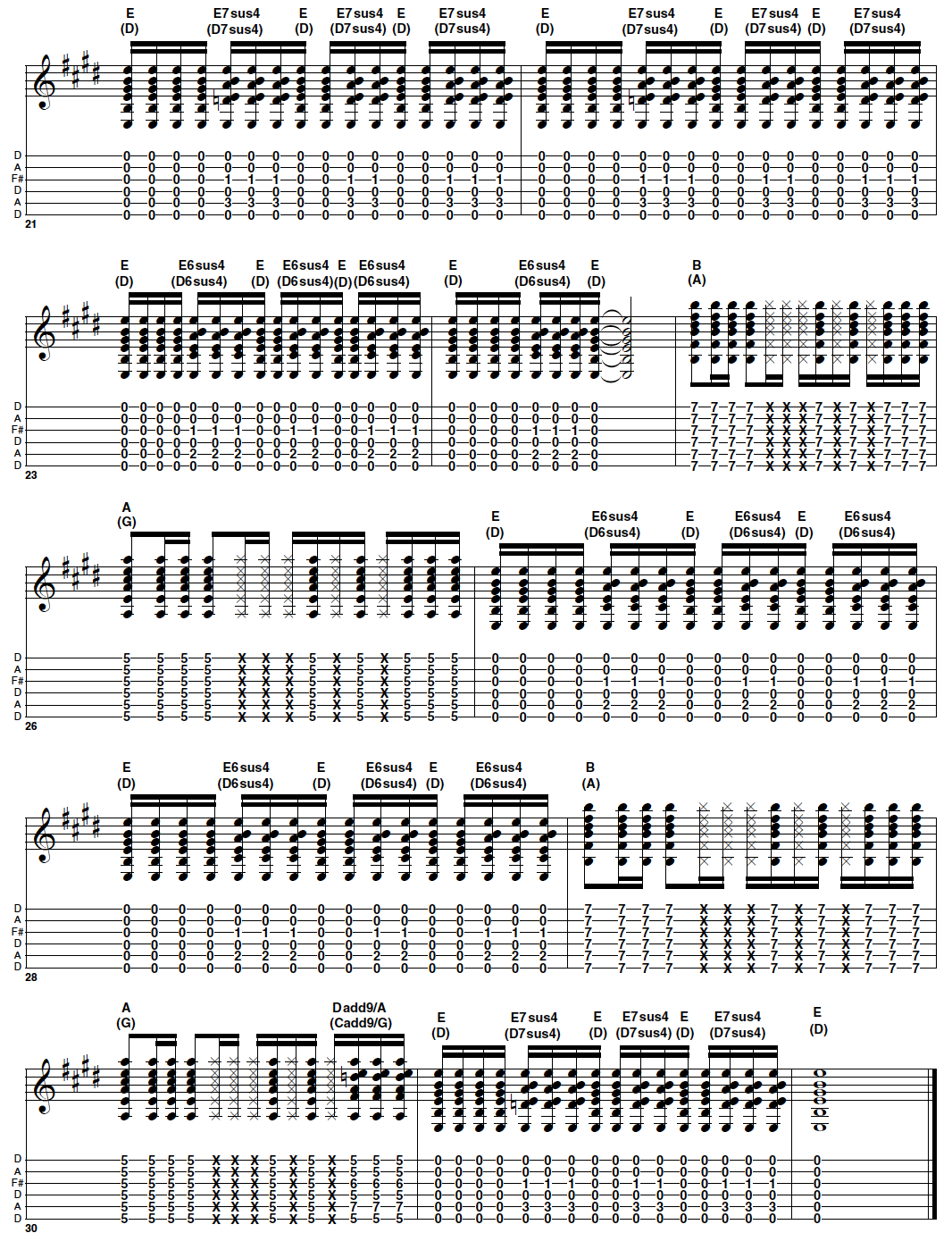How to Play Acoustic like Joni Mitchell
As her classic album Blue turns 50, we look at how to play like Joni Mitchell, a folk, jazz and blues player known for her altered tunings...

Born in Fort Macleod, Canada, in 1943 Joni Mitchell relocated to the US in 1965 and settled in southern California. Her talent as a songwriter was immediately obvious and classics like Big Yellow Taxi, Chelsea Morning and Both Sides Now heralded the arrival of an exciting new voice on the American songwriting scene.
The aforementioned songs were quickly covered by other folk artists that served to spread her name and appeal even further. She released her debut album Song To A Seagull in 1968 with Ladies Of The Canyon (1970) and perhaps her best known album Blue (1971) following. Blue is 50 years old this week.
During the 1970s her music took on a strong jazz influence and she began working with future jazz legends Pat Metheny, Jaco Pastorius and Michael Brecker.
As a guitarist, Mitchell has a unique approach to the instrument as virtually every song she has composed features an altered tuning. In fact, she has used over 50 altered tunings during her career.

Early on you can see Joni playing her Brazilian bodied Martin D-28. Later on she went on to electric and an Ibanez George Benson model, a Parker Fly and also a custom built acoustic by luthier Steve Klein. Later she played a Martin D-28, D-45 and a Collings D2H. These examples work on an acoustic or a clean, chorused electric with delay.
I’ve used open D (D-A-D-F#-A-D) for this lesson as that is one of her more accessible tunings and is also used in some of her most popular work (including Big Yellow Taxi). I’ve used a capo as this brightens the sound up considerably – in the early days Joni would capo up at the 2nd fret and sometimes the 3rd and 4th in order to accompany her voice. So in addition to giving the sound more clarity, the capo would help her sing within her register more easily and allow her to choose the chord shapes that felt best under her fingers.
Joni developed two interesting solutions to deal with the huge amount of altered tunings she has had to used over the years – firstly, and most practically, she has been using a Roland VG MIDI system since 1995, which allows her to program in all the altered tunings without actually having to re-tune the guitar. Secondly, she has a fascinating system of remembering the tunings. By way of an example she would notate this month’s tuning as D-7-5-5-4-5 where the first letter indicates the tuning of the sixth string and the ensuing numbers tell her which fret she would have to fret each string at in order to find the pitch to tune the next open string. Clever stuff
Another key feature of her strumming style is muted strings as we find here – she will keep a steady 16th-note (semiquaver) strumming pattern but adds variety by released her fretting hand fingers at points to give a percussive, muted quality. This is tricky to mimic at first as you have to really think where the accents and percussive parts are. As usual, persevere with it and you’ll find a great new dimension to strumming parts.
- Play like Joni with our pick of the best acoustic guitars
Lesson Audio:
Music and tab:
[Bar 1] Look out for the muted notes (those indicated with an ‘X’). Joni uses this technique often; simply release the pressure on the fretted notes but keep the strumming pattern going to get the percussive quality of these notes.
[Bar 5] No muted chords to deal with here but make sure you get the fretted chords in the right place as they aren’t always on the beat! [Bar 9] Open tunings are great for creating this sort of melodic accompaniment pattern. Rather than being stuck in the open position using common ‘cowboy chords’, this style of playing allows the songwriter to create a really interesting part with some movement to accompany the vocal. The parts are simple but perfect to accompany a vocal such as Joni’s.

[Bar 15] As with bar 5 make sure you really pay attention to where the fretted chords are played within the bar and try and accent these over the open strings.

[Bar 25] Here’s a first finger challenge: open tunings can allow you to use just one finger for chords. Joni had polio as a child, which affected her fretting hand. Using one finger barre chords are evident in Big Yellow Taxi, Morning Morgantown, Little Green and others.
[Bar 30] Note the change of chord at the end of this bar; this is a move not too dissimilar from another exponent of open tunings, Keith Richards.

This lesson originally appeared in our sister magazine Guitar Techniques, issue 253. For more, subscribe or buy single issues of Guitar Techniques. For the digital edition, try pocketmags.
Get The Pick Newsletter
All the latest guitar news, interviews, lessons, reviews, deals and more, direct to your inbox!
“Write for five minutes a day. I mean, who can’t manage that?” Mike Stern's top five guitar tips include one simple fix to help you develop your personal guitar style
"It’s like you’re making a statement. And you never know where it’ll lead." Pete Thorn shares the tip that convinced Joe Satriani he was the right guitarist for the SatchVai Band










